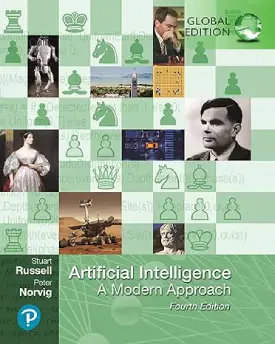What are Neural Networks in Machine Learning?
What are Neural Networks?
At their core, neural networks (ANNs) are a class of algorithms designed to recognize patterns and learn from data. They consist of interconnected nodes, or “neurons,” organized in layers. Each neuron receives input signals, performs a computation, and produces an output signal. Which is then, transmitted to neurons in the next layer. Through a process known as training, neural networks adjust their internal parameters (weights and biases). As such, minimises the difference between predicted and actual outcomes, thereby learning to make accurate predictions or classifications.
Anatomy of a Neural Network
- Input Layer: The first layer of the neural network receives input data, such as images, text, or numerical features.
- Hidden Layers: Intermediate layers between the input and output layers, where complex transformations of the input data occur. Deep neural networks may contain multiple hidden layers, enabling them to learn hierarchical representations of the data.
- Output Layer: The final layer of the neural network produces the model’s predictions or classifications based on the processed input data.
The following is a basic representation of an ANN.

Types of Neural Networks
- Feedforward Neural Networks (FNNs): The simplest type of neural network, where information flows in one direction, from input to output, without any feedback loops.
- Convolutional Neural Networks (CNNs): Specifically designed for processing grid-like data, such as images. CNNs use convolutional layers to extract features and hierarchical patterns from the input data.
- Recurrent Neural Networks (RNNs): Well-suited for sequence data, such as time series or natural language. RNNs have connections that form directed cycles, allowing them to maintain a memory of past inputs.
- Long Short-Term Memory (LSTM) Networks: A type of RNN that addresses the vanishing gradient problem by incorporating specialized memory cells, enabling them to capture long-range dependencies in sequential data.
Training and Learning
The training process of a neural network involves presenting it with labeled examples from a training dataset. In addition, computing a loss function that quantifies the difference between predicted and actual outputs. And then, adjusting the network’s parameters using optimisation algorithms such as gradient descent. Through iterative refinement, the network learns to make increasingly accurate predictions on unseen data.
Real-World Applications
ANNs have permeated nearly every aspect of modern life, powering a wide range of applications. Let’s have a look a few below.
- Image Recognition: CNNs are employed in facial recognition systems, object detection, and medical image analysis.
- Natural Language Processing: RNNs and LSTM networks are used for language translation, sentiment analysis, and text generation.
- Autonomous Vehicles: Neural networks enable self-driving cars to perceive their surroundings and make real-time decisions based on sensor data.
- Healthcare: Neural networks assist in diagnosing diseases, predicting patient outcomes, and analysing medical images.
Challenges and Future Directions
While ANNs have achieved remarkable success, they are not without challenges. Issues such as overfitting, interpretability, and computational complexity remain areas of active research. Moreover, ongoing efforts are focused on developing more efficient training algorithms, designing architectures tailored to specific tasks, and advancing the field of artificial general intelligence.
In a Nutshell
Neural networks stand as a testament to the remarkable capabilities of human-inspired computational models. They mimic the interconnectedness and adaptability of the human brain. These algorithms have transformed our ability to understand and interact with complex data. As we continue to unlock their potential, ANNs hold the promise of innovation, shaping the future of technology and society.





